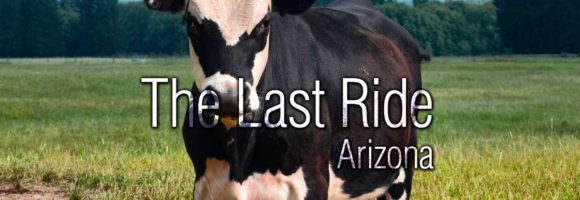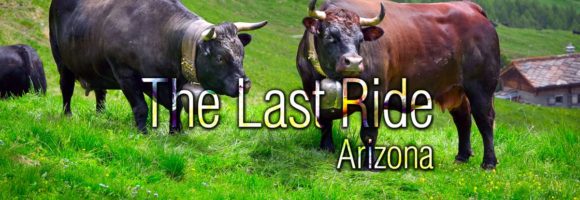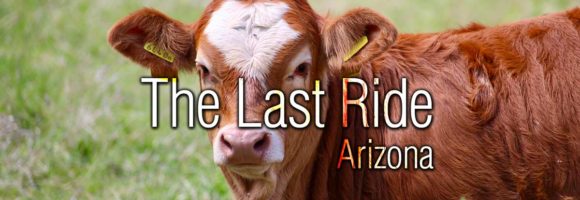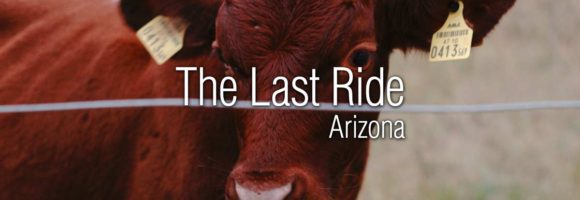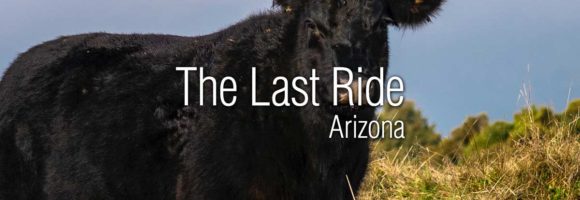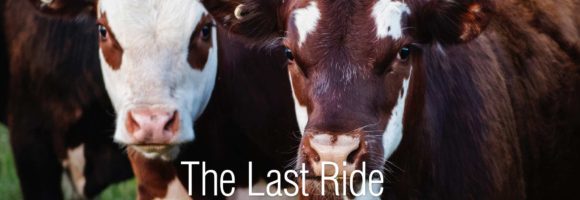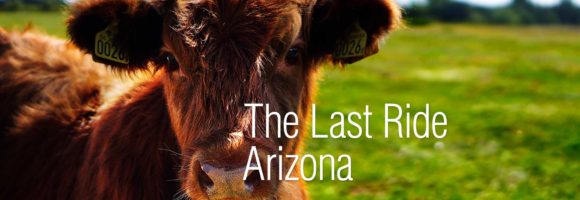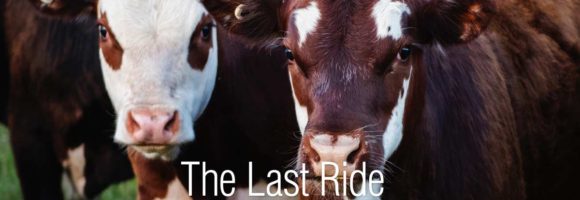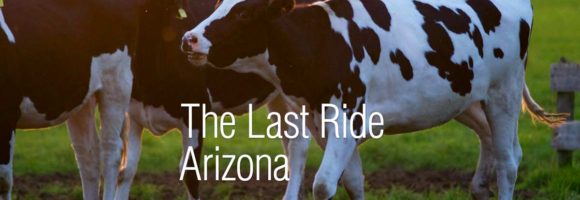Many people do not realize that there are two major families of beef cattle: the Bos taurus and the Bos Indicus. Those that are in the Bos indicus family are different from Bos taurus in that they feature a musculo-fatty hump, short sleek coats and a pendulous dewlap. This family of beef cattle, which originated from southern Asia, is also better suited to hot temperate regions due to their high heat tolerance and resistance to tick fever. The following are some of the breeds found in this family of beef cattle.
Read More
